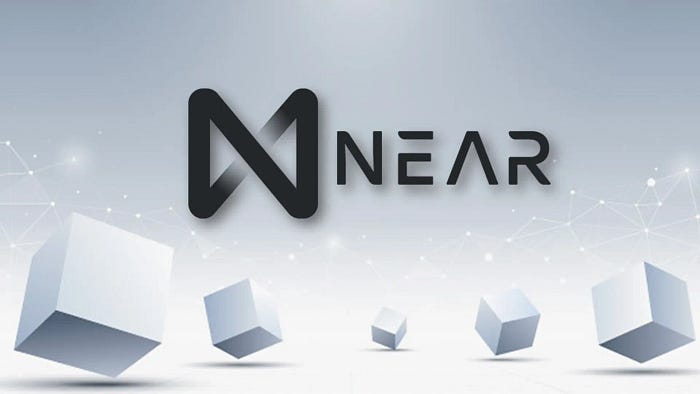Member-only story
What is the Near Protocol in Crypto? — adidaswilson

The cryptocurrency and blockchain ecosystem has evolved significantly over the past decade, giving birth to numerous innovative projects and protocols. One such project, the Near Protocol, has emerged as a prominent player in the decentralized application (dApp) and smart contract space. This comprehensive guide aims to provide an in-depth exploration of the Near Protocol, its underlying technology, features, and its role within the broader crypto landscape.
II. Background and Overview
A. Origins of Near Protocol
Near Protocol was founded in 2018 by Alex Skidanov and Illia Polosukhin, both experienced engineers with a strong background in distributed systems and artificial intelligence. The project’s primary goal is to create a scalable, user-friendly platform for the development and deployment of decentralized applications (dApps) and smart contracts, addressing some of the limitations and challenges faced by earlier blockchain platforms, such as Ethereum.
B. The Near Ecosystem
The Near ecosystem comprises various components, including the Near Protocol itself, the native NEAR token, developer tools, and a growing community of developers, validators, and users. This ecosystem fosters innovation, collaboration, and the development of dApps across various industries, such as finance, gaming, and social media.
III. Near Protocol’s Technical Foundation
A. Consensus Mechanism: Nightshade
Near Protocol employs a unique consensus mechanism called Nightshade, which is a variant of the Proof of Stake (PoS) model. Nightshade combines aspects of both the sharding and block production techniques to achieve high throughput and scalability while maintaining security and decentralization. Validators in the network stake NEAR tokens as collateral and are selected to produce blocks and validate transactions based on their stake proportion.
B. Sharding and Scalability
One of the key innovations of Near Protocol is its implementation of sharding, which allows the network to process transactions and execute smart contracts in parallel, resulting in improved scalability and performance. Each shard processes a subset of the…
